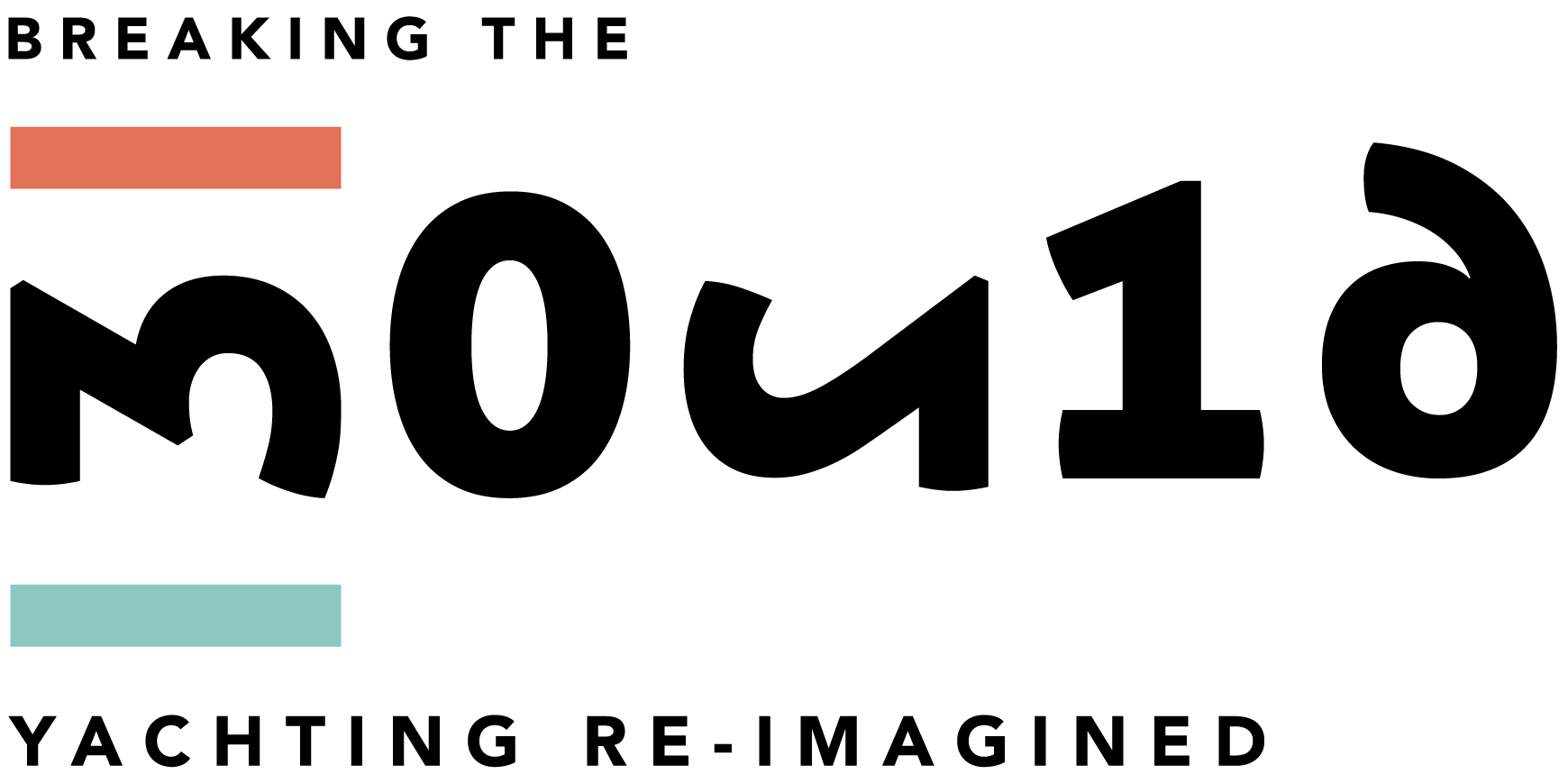The Ins and Outs of Private Aviation: A Business Owner’s Guide
In the world of private aviation, efficiency, convenience, and luxury collide. But beyond the glamorized images of private jets as symbols of status, for many business owners, private aviation is a strategic tool that can significantly impact their time management and productivity. Preston Holland, author of Private Jet Insider, offers a deep dive into how business owners can reclaim their time through various private aviation options, such as charter flights, jet cards, and fractional ownership. In this blog, we explore the benefits and challenges of each option, as well as how they stack up against commercial flying.
Chartering Flights: The Low Commitment Option
For many first-time private flyers, chartering is an attractive option. It allows you to experience private aviation without the long-term commitment that comes with other options like fractional ownership. Preston Holland explains that chartering flights offers flexibility, making it the least committal way to fly private. Charter brokers play a key role in finding the best flights based on preferences like passenger count, cabin type, and other factors.
This process is often facilitated by word-of-mouth referrals, ensuring reliability and trust in the industry. For those new to private flying, chartering flights can provide a taste of luxury and convenience while avoiding the financial commitment tied to owning a jet or jet card.
"Charter is the least committal way to fly private out of all options out there." – Preston Holland
Jet Cards: A Double-Edged Sword
Jet cards are often marketed as a way to access private aviation without full ownership. However, Holland warns that the complexities and potential pitfalls of jet cards are not to be overlooked. While jet cards can provide guaranteed pricing and convenience, they often come with hidden fees, restrictions (like blackout dates during high-demand periods), and financial risks.
One significant concern with jet cards is the potential for financial instability on the part of the provider. If a provider goes bankrupt, customers could risk losing their pre-paid funds. Holland shares a stark reminder:
"You're not getting your money back. Sorry, we don't have it." – Preston Holland
Although some jet cards offer certain advantages, like fixed rates and tax benefits, it's crucial to understand all the risks involved before committing to a jet card.
Fractional Ownership: A More Committed Approach
Fractional ownership offers a more serious commitment to private aviation. Rather than booking flights or purchasing a jet card, you buy a share in an aircraft. This allows you to enjoy certain benefits, such as no blackout dates and a more elevated status within the provider's network. Holland points out that fractional ownership can also provide tax advantages, allowing owners to depreciate their investment over time.
However, fractional ownership is not without its risks. The model requires owners to share the aircraft with others, and if the management company goes bankrupt, owners may have to coordinate with fellow shareholders to liquidate assets.
"You own an actual sliver of the airplane." – Preston Holland
While the costs associated with fractional ownership can be substantial, it can be an appealing option for frequent flyers who value reliability and consistency in their private aviation experiences.
The Cost Breakdown: Is Private Flying Worth It?
Understanding the costs of private aviation is crucial for anyone considering flying privately. Preston Holland breaks down the typical expenses, which include hourly flight costs and monthly management fees. For example, owning a fraction of a jet can come with monthly costs ranging from $8,000 to $15,000, depending on the size of the share and the aircraft's maintenance needs.
Hourly flight costs can vary depending on the type of jet, with flights on a Phenom 300 costing between $3,500 and $4,000 per hour. This jet comfortably accommodates six to eight passengers, making it a suitable choice for small business groups or executives.
Holland notes that the decision to fly privately is often influenced by a business owner’s financial situation. A common threshold for those considering private aviation is a net income of $2 million and a net worth of $20 million. However, if you’re thinking of purchasing your own jet, the net worth requirement could rise to $100 million or more.
Affordability and the Threshold for Flying Private
So when is it feasible to start flying privately? Holland suggests that business owners need to assess their net income and net worth to understand when private aviation makes sense. For those in the entrepreneurial world, private flying often becomes a consideration after a successful exit from a business. Entrepreneurs who have made significant wealth may find themselves flying privately to optimize their schedules, maximize productivity, and reduce the stresses of commercial travel.
"I have to get back in the game... I will call you because I'm going to be flying private much more often when I do that." – Preston Holland
Time Savings: The Ultimate Benefit
One of the most compelling reasons to consider private aviation is the time savings. For business owners, every hour counts, and private jets can significantly reduce travel time. With the ability to access over 5,000 airports in the U.S. (compared to the 500 serviced by commercial airlines), private aviation offers unparalleled flexibility in terms of route and timing.
Holland highlights the stark difference in travel times between commercial flights and private jets. For example, a commercial trip from Chattanooga to Austin could take up to 24 hours. By contrast, a private jet can make the same trip in just two and a half hours. For business owners billing $250 per hour, the time savings alone can make flying private a smart financial decision.
"If I'm billing it 250 bucks an hour, like, well, you know, it might actually make sense, right?" – Preston Holland
Business Efficiency: A Tool for Success
Private aviation isn’t just about luxury; for many business owners, it’s about operational efficiency. Whether it’s managing a manufacturing operation or overseeing a network of regional franchises, private aviation allows business owners to stay on top of their priorities and manage time-sensitive tasks across multiple locations. Holland notes that for business professionals, private flying is less about the glitzy image often portrayed in the media and more about keeping pace with the demands of a fast-moving business.
The real-world use of private jets can be seen in the travel patterns of high-profile executives like Elon Musk, who regularly hops between locations to maintain a hands-on approach to business management. For business owners with a busy schedule, private aviation can be the key to keeping everything running smoothly.
"It looks a lot more like Elon Musk visiting Starbase, the Tesla factory, the XHQ in San Francisco, and then flying to the inauguration in one day." – Preston Holland
Conclusion: Is Private Aviation Right for You?
For business owners, the decision to fly privately comes down to a mix of personal and financial factors. Whether you're chartering flights for a one-off trip, exploring the ins and outs of jet cards, or considering fractional ownership for long-term convenience, private aviation offers a tool that can save time and boost business efficiency. However, as Preston Holland’s insights reveal, it’s crucial to weigh the costs, risks, and benefits before making the leap.
For those ready to embrace the efficiency of private aviation, the rewards—both personal and professional—can be substantial.
If you’re looking to optimize your business strategy and enhance your operational efficiency, Breaking the Mould Consulting Ltd can help. Our expert consultants provide tailored solutions to drive your business forward. Contact us today to break through the barriers and elevate your business operations to new heights!





